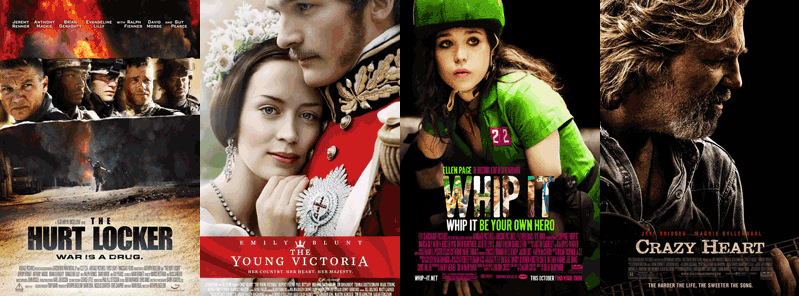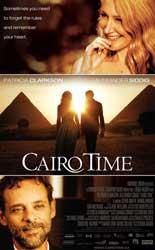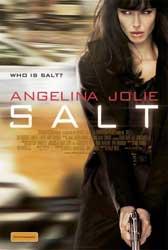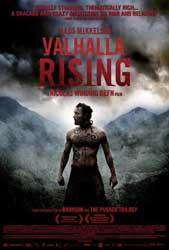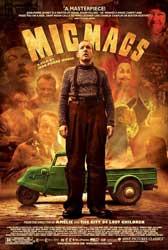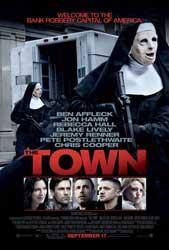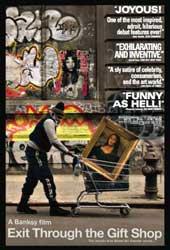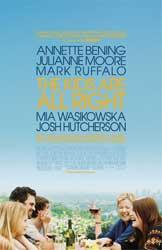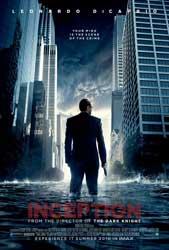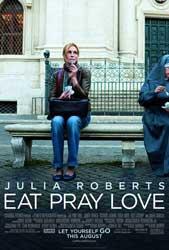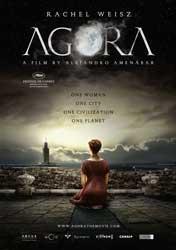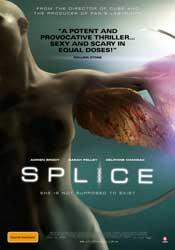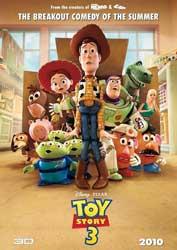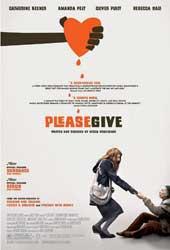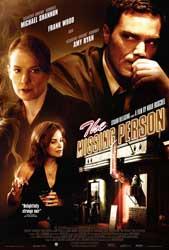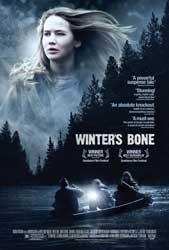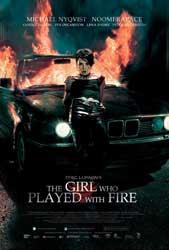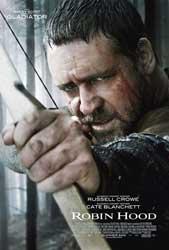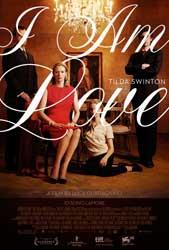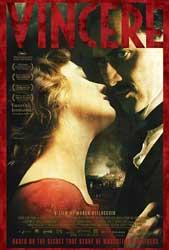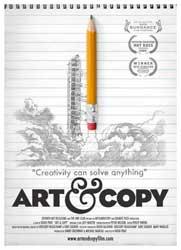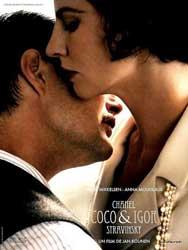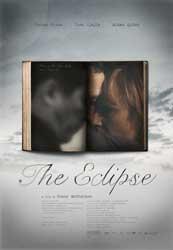“Inception”- Because of the hoopla surrounding this film, including the fact that it was named to some top 10 lists and received a Golden Globe nomination, I decided to watch it for a second time on January 2, 2011, after seeing it originally on December 17, 2010. I have modified my comments slightly as a result. Upon second viewing I understood some of what was going on a little better than the first time, but I did not find the story more cohesive the second time and I believe one should not have to watch a film twice to understand it:This sci-fi film centers around a man named Cobb (Leonardo DiCaprio) who has perfected a way of entering and controlling people’s dreams and stealing ("extracting") whatever he needs for his corporate employers. The film begins with such an invasion, but one that is so hectic and confusing as to leave this viewer utterly perplexed. Cobb is then challenged by a Japanese businessman, Saito (Ken Watanabe), to do an “inception,” in other words, to implant an idea in someone’s brain during a dream-like state, rather than steal something. Cobb accepts the challenge and assembles his team, including designer/architect Ariadne (Ellen Page), his assistant Arthur (Joseph Gordon-Levitt), and Earnes the forger (Tom Hardy), to convince Robert Fischer (Cillian Murphy) to break up his father’s energy conglomerate. But Cobb has a personal demon which disrupts his dream-invasion activities. The death of his wife, Mal, played by Marion Cotillard, is constantly on his mind and she appears at every dreaming opportunity to disrupt Cobb’s activities (the music that’s used to wake up the dreaming characters is a song by Edith Piaf--get the joke?) But it’s not simple enough to enter Fischer’s dream to make an implant. Oh no, they have to enter multiple layers of dreams and fight against bombs and rapid-fire weapons at almost every level (at one point all or some of our heroes are simultaneously asleep on an airplane, in a van falling off a bridge, battling inside a hotel, battling at an armed fortress in the snow, and, even lower, at the limbo Cobb and his wife created--with the snow/fortress scene reminiscent of the climax of a James Bond film). While the plot is not difficult to follow because the intentions of the characters are clear, the immediate events are, especially during the last hour of the film. If you can watch this film and understand in each scene where the characters are, why, and what’s going on, you’re a better person than I am. If you like to see ultra-special effects (and there are some spectacular ones, including the amazing scene of Paris streets folding back on top of each other) and are satisfied by wondering how they were done, and if you like lots of explosions, loud noises, and a loud and annoyingly pulsating score (by Hans Zimmer), this film’s for you. But oh what a bewildering mess it is (one reviewer, Stephanie Zacharek referred to it as "ADD tedium"), especially stretched out over 2 1/2 hours! Writer/director Christopher Nolan got off to a great start in his career with “Memento,” a fine and ingeniously constructed film. But with “The Dark Knight” and now “Inception” he’s gone over to the dark side--the mindless idiocy of cartoon-like characters who fail to create empathy in the viewer, ultra-special effects, numerous explosions, and lots of grenades and rapid-fire weapons. C+ (12/17/10 and 1/2/11) | |

